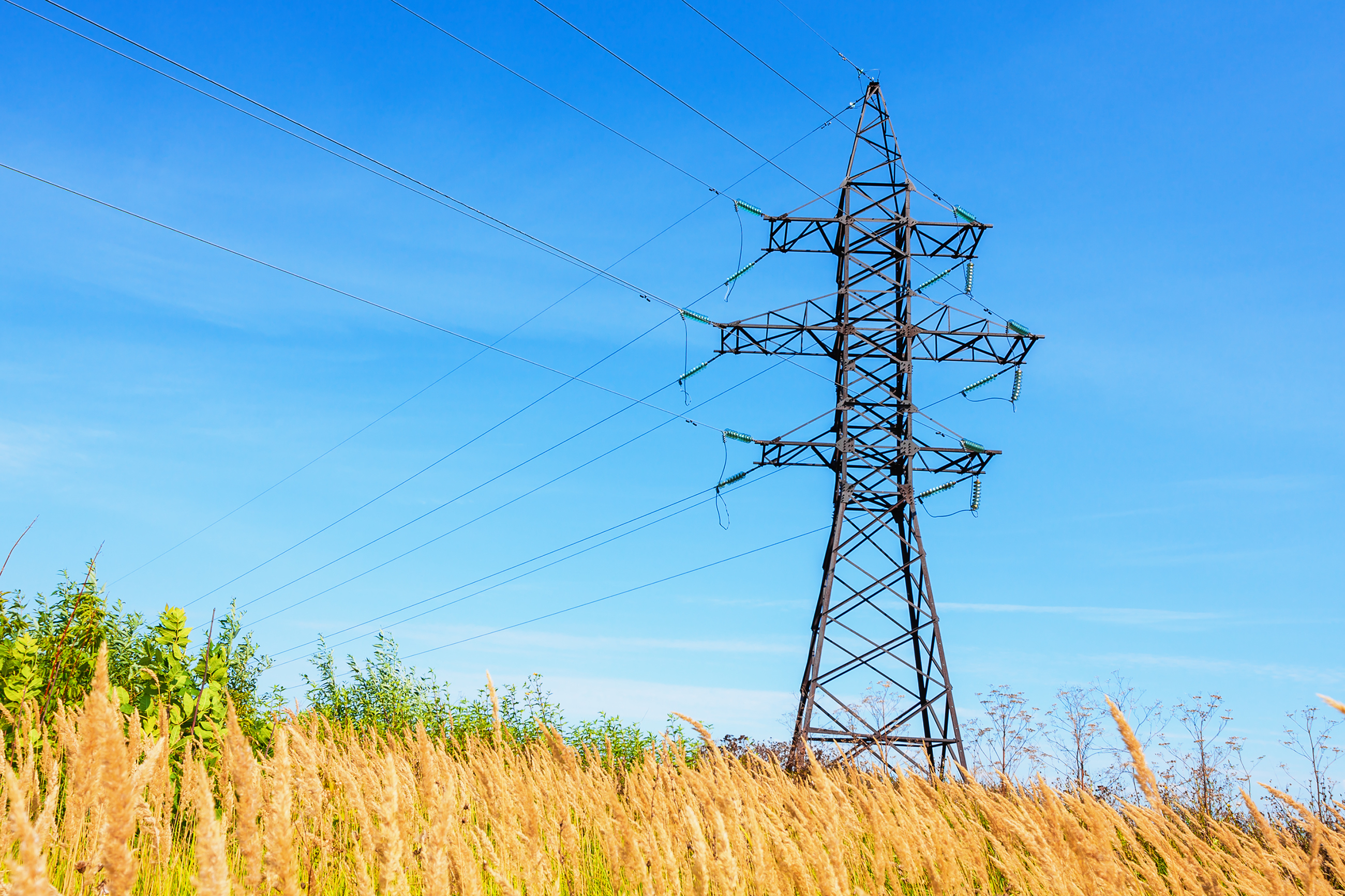For 40 years, we've been driving our country's economic and social progress. Four decades shaping Spain.
Work begins on the Electrical Interconnection Project between the Spanish Mainland and Ceuta
- This project plays a key role in providing the Ceuta system with the same standards of supply security and quality as the mainland.
- Work begins simultaneously at both ends of the interconnection, following the prior administrative authorisation. It is scheduled to last until 2025.
- This strategic project for Ceuta will also enable the Campo de Gibraltar to meet new electricity demands, essential for its economic and social development.
Red Eléctrica, Redeia’s subsidiary responsible for the transmission and operation of the electricity system in Spain, has started work on the electrical interconnection between the Spanish mainland and Ceuta. This project has been granted prior administrative authorisation from the Ministry for the Ecological Transition and Demographic Challenge.
The electrical interconnection project, which already had a favourable Environmental Impact Statement, is included in the 2021-2026 Transmission Grid Development Plan, approved by the council of ministers. This interconnection will significantly improve the levels of security and quality of the electricity supply in Ceuta, making it a key project for territorial structuring.
Work begins simultaneously at both ends. Throughout the process, Red Eléctrica will collaborate with city councils and authorities to minimise the impact on the communities and the citizens’ normal use of public spaces.
A Strategic Project
The commissioning of the interconnection will be crucial for boosting Ceuta's economy and reducing its dependence on fossil fuels. It will also contribute to the decarbonisation of the system and the promotion of our country's ecological transition.
With this new link, Ceuta will be integrated into the peninsular electricity system, benefiting from its share of renewable energy generation. This will result in a reduction of GHG emissions, estimated at about 300,000 tons per year, which will improve air quality in the autonomous city and the entire Strait of Gibraltar. Furthermore, it will contribute to the 2030 goals of the National Integrated Energy and Climate Plan.
Additionally, the electrical interconnection will support a more efficient electricity approach. By replacing high-cost energy from the current Ceuta thermal power plant with energy from the mainland, it will allow for savings in the electricity system, which will be reflected in consumer bills.
The electrical interconnection with Ceuta marks a significant milestone for this city's electrical system and its opportunity framework, as well as a fundamental advancement for achieving our country's energy transition objectives.
A Sustainable and Integrated Project
The project's processing has included public information processes that ensure the participation of society in its definition. As a result, improvements have been introduced to optimise the design from technical, social, and environmental perspectives.
The submarine cable features an advanced technological design with dry insulation. It is a 132 kV double-circuit link, 58 km long, running along the seabed at a maximum depth of 900 meters below sea level, protected throughout its route from external damage. In Ceuta, the terrestrial part of the route will be underground. The land-sea transition of the installation is carried out using horizontal directional drilling techniques, avoiding any impact on beaches or bathing areas, as well as on protected species on the seafront. It follows a marine route that allows the installation to be compatible with other aquaculture infrastructure in the area.
On the mainland side, the project includes work within the existing 220 kV Algeciras sub-station, connected via an underground link to a new adjacent GIS technology transformer station. This solution is very compact—four times smaller than a standard expansion. The modifications to the existing sub-station, besides not expanding its dimensions, introduce improvements to the transmission grid that will allow the town to cover new electricity demands, essential for its economic and social development.
The entire project will be integrated into a space consisting of industrial facilities and infrastructure, which will be restored with environmental improvements once the work is completed.
The power lines connecting to the submarine section will be totally underground, which will eliminate any visual impact beyond the construction work itself. This underground construction on the mainland side follows a peri-urban route in the town of San Roque, similar to most of the route passing through the town of La Línea de la Concepción, utilising existing infrastructure and roads in parallel with usual public services.
The land-sea transition of the infrastructure is also carried out by directional drilling, allowing the work to be executed without affecting the beach or bathing areas.
Downloads












